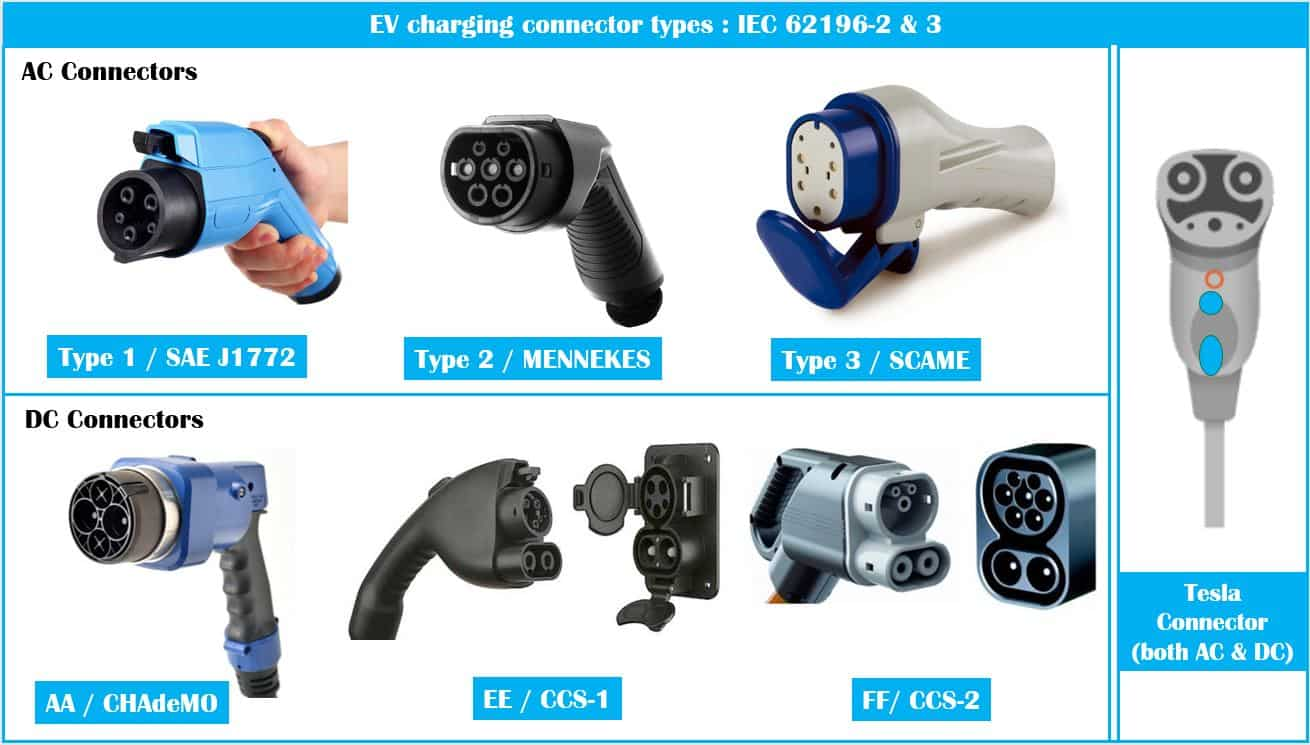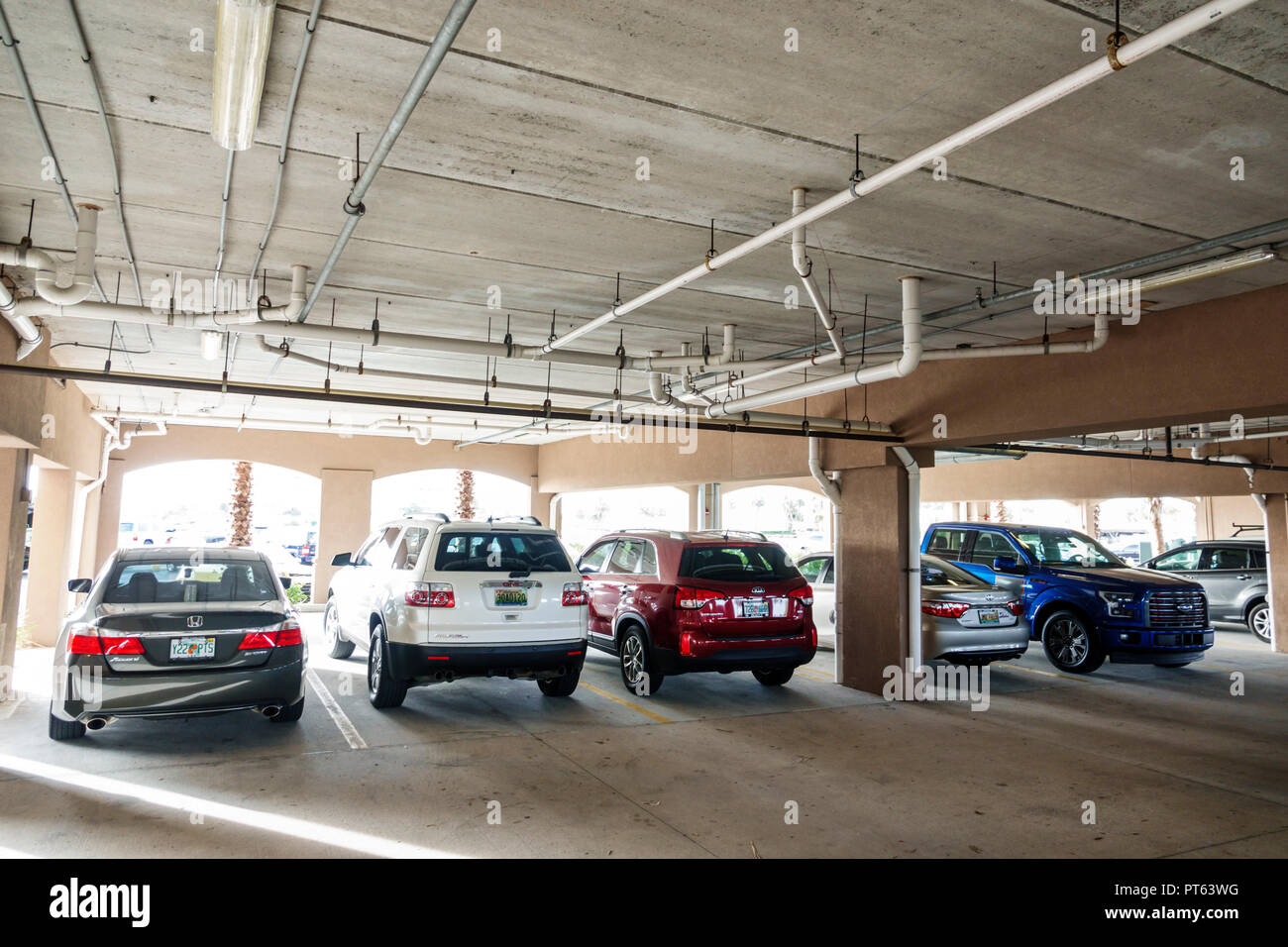Plugged In & Ready to Go: Your Guide to Electric Vehicle Charging Cables

Let’s face it, the future of transportation is electric. And that means getting your head around a whole new set of gadgets, including the crucial link between your electric car and the power grid: the charging cable.
But don’t worry, you’re not alone in feeling a little lost in the world of charging cables. It can be overwhelming, with all the different types, plugs, and speeds. But fear not, this guide will take you from "plug-in clueless" to "charging champion" in no time.
Related Articles: Plugged In & Ready to Go: Your Guide to Electric Vehicle Charging Cables
- Arkansas Rest Stops: Your Road Trip Oasis Awaits
- Navigating Alaska’s Parking Scene: A Guide To Garages And Beyond
- Navigating Arizona Parking: A Comprehensive Guide To Rules And Regulations
- Wrangell-St. Elias National Park ParkingTitle
- Atlanta Airport Parking: Free? You Bet! (But Read This First!)
The Basics: What’s a Charging Cable, Anyway?
Think of a charging cable as the umbilical cord for your electric car. It’s the lifeline that connects your car’s battery to a power source, allowing it to "drink up" electricity and replenish its energy.
Types of Charging Cables: A Quick Breakdown
Just like there are different types of coffee, there are different types of charging cables, each with its own set of strengths and weaknesses. Here’s a rundown of the most common types:
- Level 1 (120V): This is the "slow and steady" option, often referred to as "trickle charging." It’s what you’d use with a standard household outlet, perfect for overnight charging or topping off your battery. Think of it like sipping a cup of tea – it takes time, but it gets the job done.
- Level 2 (240V): Now we’re talking! This is the "fast lane" of charging, typically found at home, at work, or at public charging stations. It’s like having a double espresso – it gives you a quick boost of energy in a shorter amount of time.
- DC Fast Charging (DCFC): This is the "turbo boost" of charging, perfect for long road trips or when you need to quickly replenish your battery. Think of it as a Red Bull shot – it’ll get you back on the road in a flash.

Plugs & Connectors: The Language of Charging
Just like every language has its own alphabet, the world of charging cables has its own set of plugs and connectors. Here’s a quick rundown of the most common ones:
- Type 1 (J1772): This is the standard plug for Level 1 and Level 2 charging in North America. It’s like the "hello" of the charging world – everyone understands it.
- Type 2 (Mennekes): This is the standard plug for Level 1 and Level 2 charging in Europe and other parts of the world. It’s like the "bonjour" of the charging world – it’s widely recognized.
- CCS Combo 1 (Combined Charging System): This is the plug for DC Fast Charging in North America. It’s like the "speed dial" of the charging world – it lets you get back on the road quickly.
- CCS Combo 2 (Combined Charging System): This is the plug for DC Fast Charging in Europe and other parts of the world. It’s like the "express lane" of the charging world – it gets you charged up in a hurry.

Choosing the Right Charging Cable: What to Consider

Now that you’ve got a handle on the basics, let’s talk about choosing the right charging cable for your needs. Here are a few factors to consider:
- Your Electric Car: Every electric car has its own unique charging port, so make sure you choose a cable that’s compatible with your vehicle.
- Your Charging Needs: Do you need a fast charger for long trips, or will a slow charger suffice for overnight charging?
- Your Budget: Charging cables come in a wide range of prices, so set a budget before you start shopping.
Tips for Using Your Charging Cable
Once you’ve got your charging cable, here are a few tips to make sure you’re using it safely and effectively:
- Always check the cable for damage before use: A damaged cable can be a fire hazard.
- Don’t leave your cable plugged in when not in use: It can overheat and damage your car’s battery.
- Store your cable in a cool, dry place: This will help to prolong its lifespan.
The Future of Charging Cables: What’s on the Horizon?
The world of charging cables is constantly evolving, with new technologies and standards emerging all the time. Here are a few trends to watch out for:
- Wireless Charging: Imagine a world where you simply park your car and it starts charging automatically, no cables needed. Wireless charging is still in its early stages, but it has the potential to revolutionize the way we charge our electric cars.
- Smart Charging: Smart charging technologies are already starting to emerge, allowing you to control your charging schedule and optimize your energy consumption. This could help to reduce your electricity bill and make charging even more convenient.
FAQ: Electric Vehicle Charging Cables
Q: How long does it take to charge an electric car?
A: The charging time depends on the type of charging cable you’re using, the size of your car’s battery, and the current state of charge. A Level 1 charger can take several hours to fully charge a car, while a DC Fast Charger can charge a car in just a few minutes.
Q: What is the difference between AC and DC charging?
A: AC charging uses alternating current, which is the type of electricity that comes from your home outlet. DC charging uses direct current, which is the type of electricity that’s used to power electric cars. DC charging is faster than AC charging because it can directly supply power to the car’s battery.
Q: How do I know which charging cable to buy?
A: The best way to know which charging cable to buy is to check the specifications of your electric car. Your car’s manual will tell you what type of charging port it has and what type of charging cable you need.
Q: Can I use any charging cable with my electric car?
A: No, not all charging cables are compatible with all electric cars. You need to make sure the cable you buy has the correct plug and connector for your car.
Q: Where can I find charging cables for electric cars?
A: You can find charging cables for electric cars at most major auto parts stores, online retailers, and even some electric car dealerships.
Q: How do I take care of my charging cable?
A: To take care of your charging cable, make sure to keep it clean and dry. Avoid using it in extreme temperatures or in direct sunlight. If you notice any damage to the cable, stop using it immediately.
Conclusion
Navigating the world of electric vehicle charging cables might seem daunting at first, but it’s actually quite straightforward. By understanding the different types of cables, plugs, and connectors, you can easily find the perfect charging solution for your needs. So, plug in, charge up, and enjoy the ride!
Closure
Thus, we hope this article has provided valuable insights into Plugged In & Ready to Go: Your Guide to Electric Vehicle Charging Cables. We hope you find this article informative and beneficial. See you in our next article!



